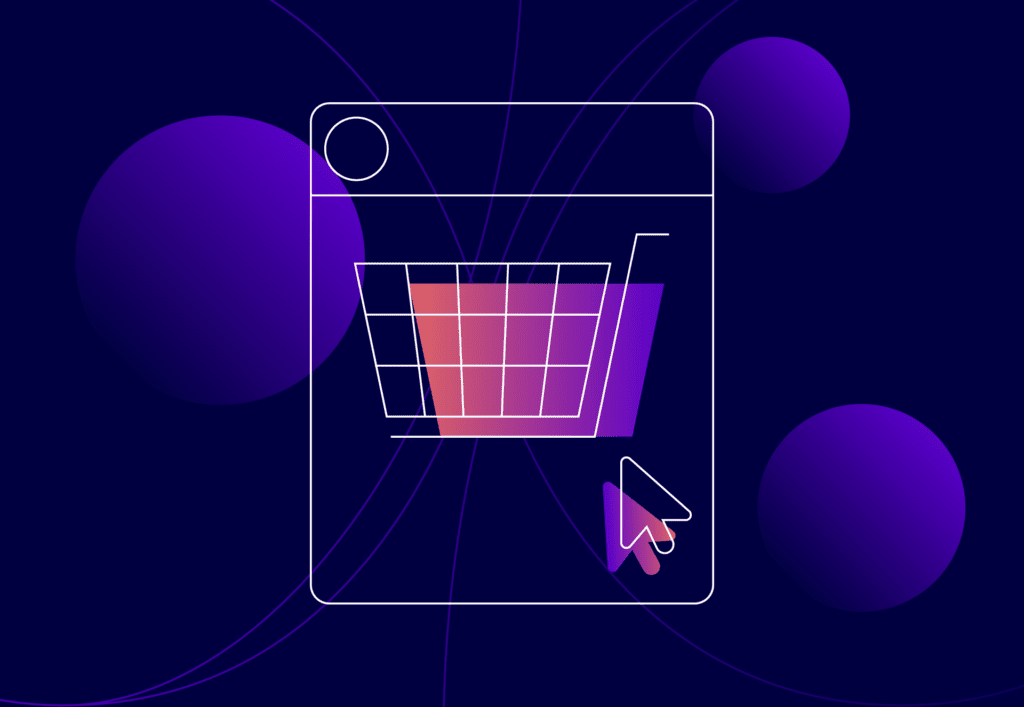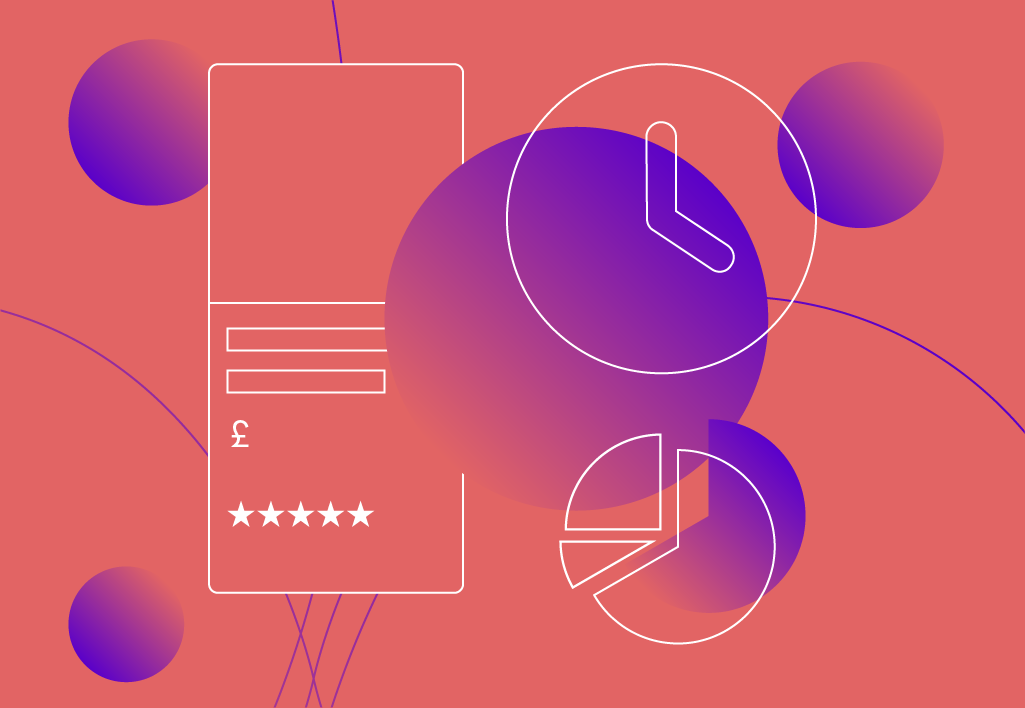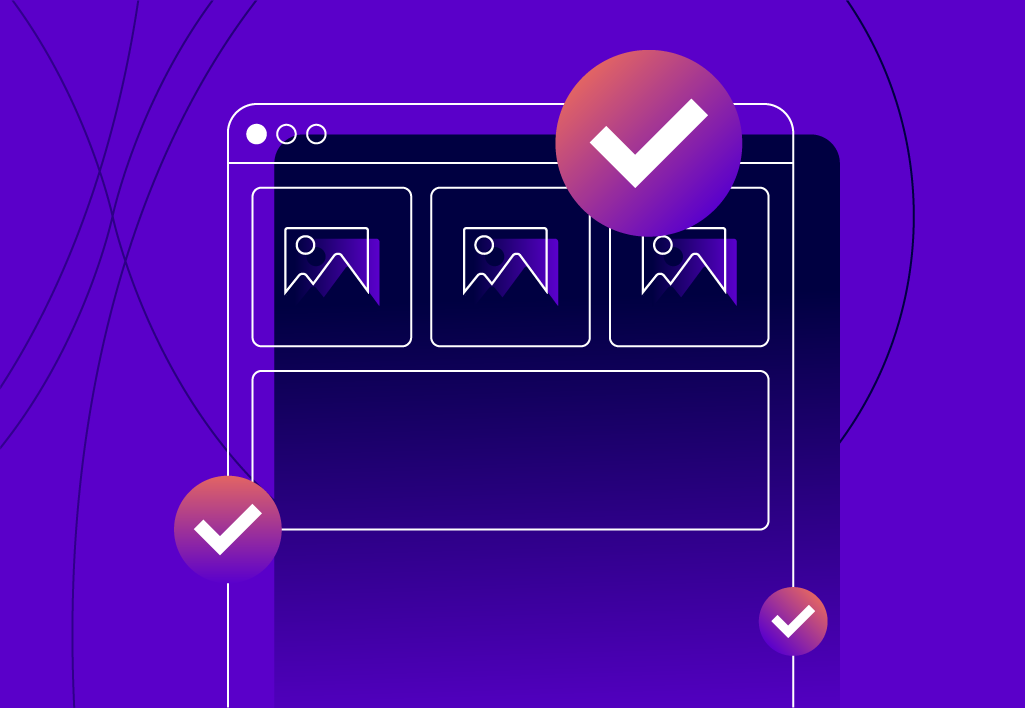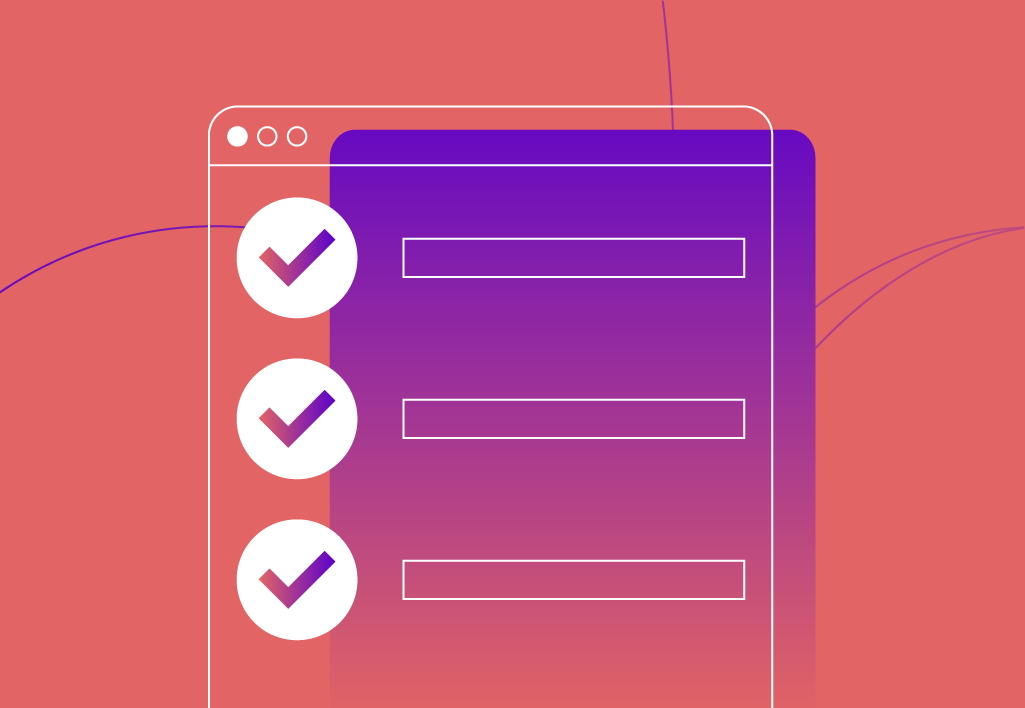
PPC for eCommerce
PPC for eCommerce is an incredible revenue generator. However, there’s a knack for getting results. Without the right business plans and strategies in place, you run the risk of throwing money at a screen with little to nothing to show for it. But it doesn’t all have to be guesswork and risks.
This is where experience comes in.
At Embryo, we’re a Pay-Per-Click agency that’s seen it all. We’ve worked with clients in a wide variety of industries and have been refining existing strategies while developing new ones (fancy a gander? Check out our case studies to see our methods in action).
Regardless of the digital maturity of your PPC campaigns, our PPC consultants have put together this guide to help maximise the revenue your ads bring in. We explore:
- What PPC for eCommerce means
- Our recommended 5-step setup for an effective PPC campaign
- Core business benefits of using PPC
- Commonly asked PPC questions
So, let’s get started.

What Is PPC for eCommerce?
You could say that PPC for eCommerce is somewhat of a gamble. You place your bids and enter auctions, with the hope that those clicks that you pick up along the way will manifest themselves into a conversion, but with no real guarantee of a positive outcome.
But, unlike in casinos, PPC for eCommerce isn’t just pure chance – or, at least, it doesn’t have to be. By using an experienced PPC team, you’ll find it to be a calculated gamble, one where sophisticated and well-planned strategies can tip the odds well in your favour.
So, let’s get to the nitty gritty. What actually is it?
PPC for eCommerce entails promoting your online marketplace and products via paid advertising. Search engines such as Google, social media such as Facebook, and video platforms such as YouTube allow you to showcase your products on their websites while directing traffic to your own.
To set up your PPC campaign using one of these platforms, we recommend that you follow the next five steps to give your ad the best chance of securing high conversions.
2. Utilise Scripts to Uncover Hidden Insights
While there are plenty of insightful tools across each ad platform, gaining a real edge over your competitors will involve going beyond these. One way of doing this is through PPC scripts, which help you to structure your campaigns, uncover hidden data, and visualise trends.
Examples of the scripts we adopt to get the best results:
- The Flowboost Labelizer script: This script works to extrapolate product-level data into a Google Sheets doc and assigns a custom label to products based on how well they’re performing against the conditions you’ve set. A common issue with Performance Max is that, on average, 66% of spend goes to underperforming products, with overall performance being kept afloat by a few high performers. The Flowboost Labelizer script creates five different custom labels that essentially determine how well a product is performing, which gives you the ability to create campaigns aligned with these custom labels and create bespoke budgets and bidding strategies tailored to how well those products perform.
- pMax Spend Allocation Script: With Performance Max being a bit of a black box in terms of the data it reports on – particularly at the channel level – this script unlocks those previously hidden insights so you can truly assess the performance of your campaigns. You can see which channels your Performance Max campaigns are spending on and cross-reference that with in-account performance, meaning you can make more informed decisions to improve your results.
- Performance Max search terms script: While Performance Max does grant you some insights into the search terms you’re appearing for, these are categorised as ‘search themes’, and there’s no real data reported at the product level for these. This script allows you to see data next to the search terms that are performing within your Performance Max campaigns, allowing you to make data-driven decisions and expand your search campaigns accordingly.
While this is not a comprehensive list, it serves as a good example of how certain scripts can be used to take your campaigns to the next level and, ultimately, achieve better performance.
3. Concentrate on Product Feed Optimisations
Product feed optimisations are often overlooked, but they are a major player in influencing the fortunes of a PPC professional’s success. Google Product Listing Ads is big here. It’s one of the best ways to display your products in front of your ideal audience.
By optimising your product feed, you’re not only increasing your visibility for these products, but you’re also ensuring that they appear for the most relevant searches, meaning wasted spend is also reduced.
Now, Google shopping products don’t trigger ads based on keywords. They instead appear based on the product’s associated attributes. These include the product title and description, as well as other attributes such as the product type, category, colour, size, gender, and more. Ensuring all of your product attributes are accurately populated will enhance the chances of your inventory appearing in higher quality searches.
Some key areas to consider when conducting product feed optimisations are as follows:
-
Title
Getting the title right is often the best place to start. It is important to consider the best structure of your title, as Google places more emphasis on the first few words. This emphasis dwindles the further along the title you go.
Different industries have different best practices when it comes to shopping product titles, so it is important to research this and ensure that your titles are as effective as they can be.
-
Description
Though less commonly seen than the title, the description works hand in hand with it to bring in relevant users. Descriptions allow you to be keyword-rich and cover all aspects of your product to bring in the most amount of relevant users.
-
Google Product Category
Selecting the most relevant category within Google’s product taxonomy is crucial for a smooth customer journey. This ensures users searching for similar products easily discover yours, streamlining their search and increasing your visibility.
#PRO TIP: Google can automatically assign Google product categories (GPCs) to your product, but they can often be wrong or not as specific as they should be. It is definitely worth reviewing your GPCs to make sure your products aren’t appearing for irrelevant searches and impeding performance.
-
Image
This is often the first thing a customer sees, so it needs to be high-quality and reflective of the conditions of the product. Make sure to select the image that best represents your product for prospective customers.

4. Grow Your Top-of-Funnel User Base
While revenue-focused campaigns are certainly an essential part of PPC for eCommerce, exclusively targeting or placing too much emphasis on campaigns that have been created with the sole purpose of achieving revenue means that you could begin to exhaust your bottom-of-funnel and stagnate overall business growth.
However, with top-of-funnel campaigns, you can begin to grow interest in your brand with users who may not have any existing knowledge of you or what you offer. Top-of-funnel campaigns can raise awareness within these groups and educate them about your products and services.
For a full-funnel marketing approach, ensuring that the Display, Discovery, and YouTube aspects of your Performance Max campaigns have creative assets with effective CTAs and enticing visuals is a must.
Alternatively, to build out campaigns that are solely dedicated to targeting those expanding your top-of-funnel base, campaign types such as Demand Gen and Video campaigns are recommended. By adopting these campaigns, you can make sure that your top-of-funnel is being refilled with new users for your middle-of-funnel and bottom-of-funnel campaigns to capitalise on.

5. Create Campaigns Targeting New Users
Nothing lasts forever, and your existing customer base may one day decide to move onto pastures anew in their next buying phase. While customer retention is absolutely important, focusing solely on existing users limits your growth potential and indeed can leave you unprepared for the day when your once loyal customers no longer spend their money with you.
Gaining new customers will ensure that we offset any customer churns, while also avoiding dwindling revenue by heavily remarketing towards those who are either already customers or that already have an existing knowledge of your business.
Within both Search and Performance Max campaigns, there are targeting settings that allow you to either bid more aggressively for new users (while still bidding for existing users) or exclusively target new users.
To make certain that you’re only targeting new users (as opposed to relying on Google’s assumptions of what a new user is vs an existing one), you can upload Customer Match lists, which allow you to utilise your first-party data to conclusively exclude those that have previously interacted with you.
Main Benefits of PPC for eCommerce
Now that you have an idea of the steps to follow to optimise your campaigns, let’s take a look at why PPC for eCommerce works so well.
Here are some of the main benefits of adopting a PPC-focused marketing strategy:
-
You Only Pay for Clicks, Not Exposure
While the clue is in the name for PPC (pay-per-click), it’s important to remember that you only ever pay when somebody interacts with your ad. Your ads being live or simply appearing on search networks does not, thankfully, drain your budget. This means that you can be smart with your budget, selective with where, why, and when your ads appear, as well as to who they actually appear for based on your target audience.
All of this combined helps you work towards getting your ads in front of your ideal customer, driving high-quality traffic primed for conversions.
-
Bidding Strategies Tailored to Your KPIs
To further the idea of smarter PPC bidding strategies, you can employ automated bidding strategies on platforms such as Google Ads and Microsoft Ads. These will simultaneously take a lot of the manual actions out of your workload and help you work towards your goals. Automated bidding includes revenue-focused bidding strategies, such as Maximise Conversions and Maximise Conversions (Target ROAS), with the latter allowing you to input your ideal ROAS. From there, the bidding platform will use the data it has available within the account to algorithmically determine its bidding settings for each auction based on how likely it is to achieve your desired goal.
-
Laser Precision Targeting
Whether it’s high-volume search phrases, specific products you want to push, or even your brand name, PPC allows you to craft campaigns that will gear your spend towards the areas of your website that need exposure. In addition to this, you can set your desired daily budget for each campaign based on how important it is to rank your desired keyword or shopping product contained within it.
While these benefits of PPC for eCommerce only scratch the surface, the magic of PPC goes far deeper. Very simply, the outcomes of PPC aren’t just pure chance – there are a variety of levers you can pull to influence your end result making it one of the digital marketing channels with greater control.
eCommerce PPC can transform into a powerful tool for attracting high-quality, engaged traffic at a controlled cost, paving the way for a thriving online business.
Let’s Develop Your eCommerce PPC Strategy Together
While implementing the above is a start, it’s only the tip of the iceberg. If you’d like to talk strategy, one of our PPC specialists will be happy to share their expertise. At Embryo, we use a variety of tools on a daily basis and can work with you to achieve the best results.
Let’s make PPC work for your eCommerce business today. Simply get in touch on 0161 327 2635 or at [email protected].
Burgess Pet Care
Burgess Pet Care
-
30.3
ROAS from paid social
-
440%
Increase in online transactions
-
346%
Increase in revenue
FAQs
-
Is PPC necessary for an eCommerce business?
While not strictly necessary, PPC can be a powerful tool for driving traffic, sales, and brand awareness for eCommerce businesses. It allows you to reach targeted audiences actively searching for products like yours, leading to faster growth compared to solely relying on organic traffic, such as SEO services.
-
How much does PPC cost?
PPC operates on a pay-per-click model, meaning you only pay when someone clicks your ad. Costs can vary depending on your industry, chosen keywords, competition, and bidding strategies. Setting realistic budgets and optimising campaigns are crucial for maximising ROI.
-
Which platforms are best for eCommerce PPC?
Popular platforms include Google Ads (for search and shopping ads), Facebook Ads (for social media targeting), and Microsoft Ads (similar to Google Ads). Experimenting and analysing results will help determine the best fit for your specific needs.


